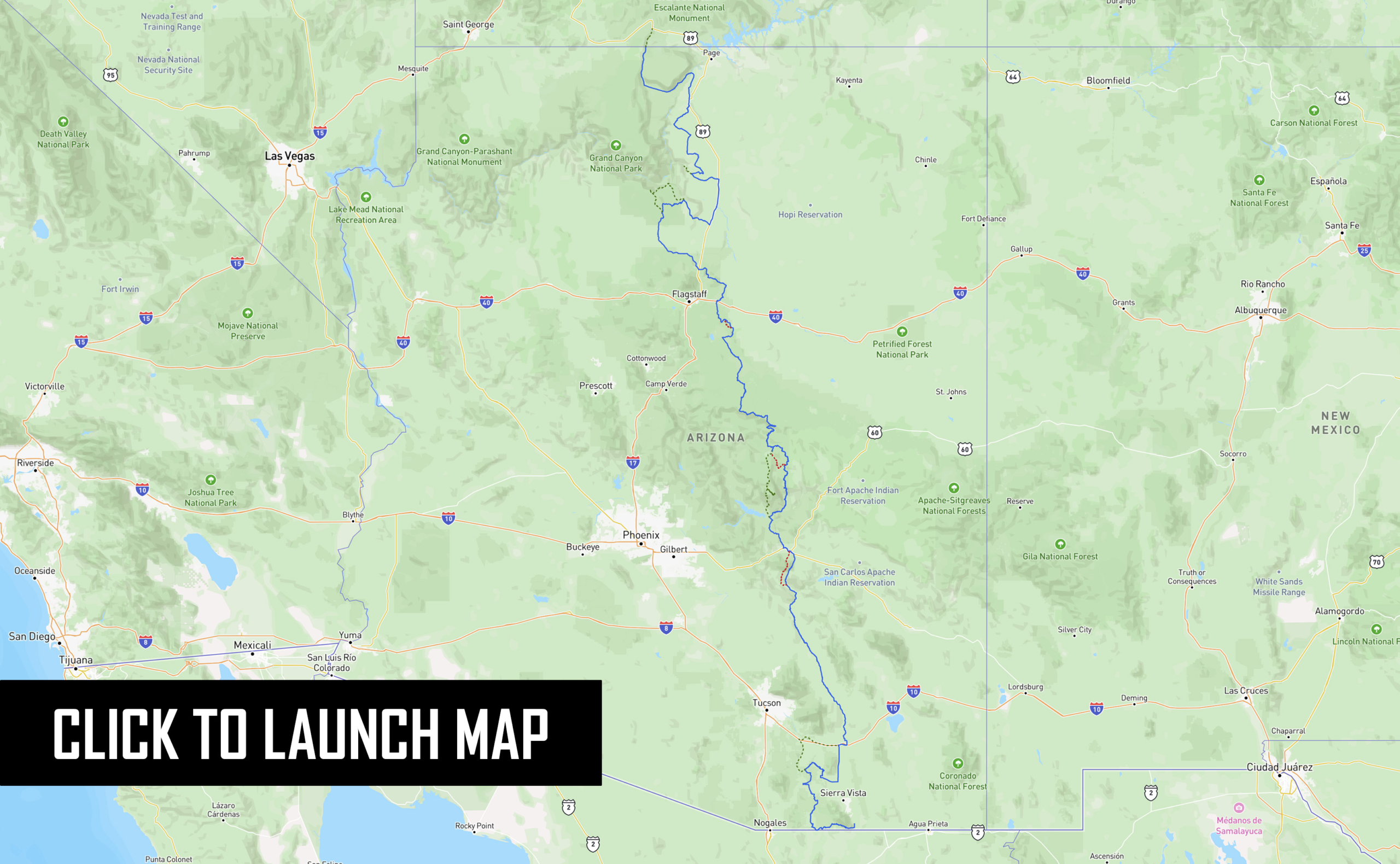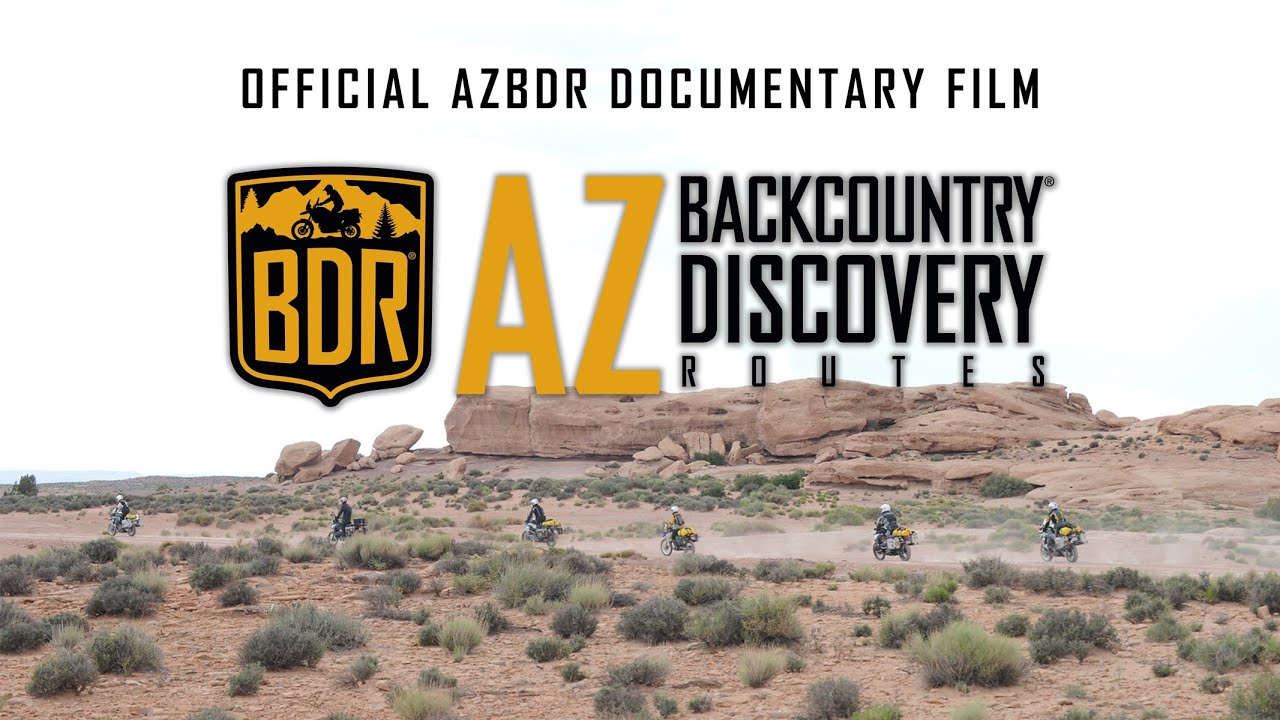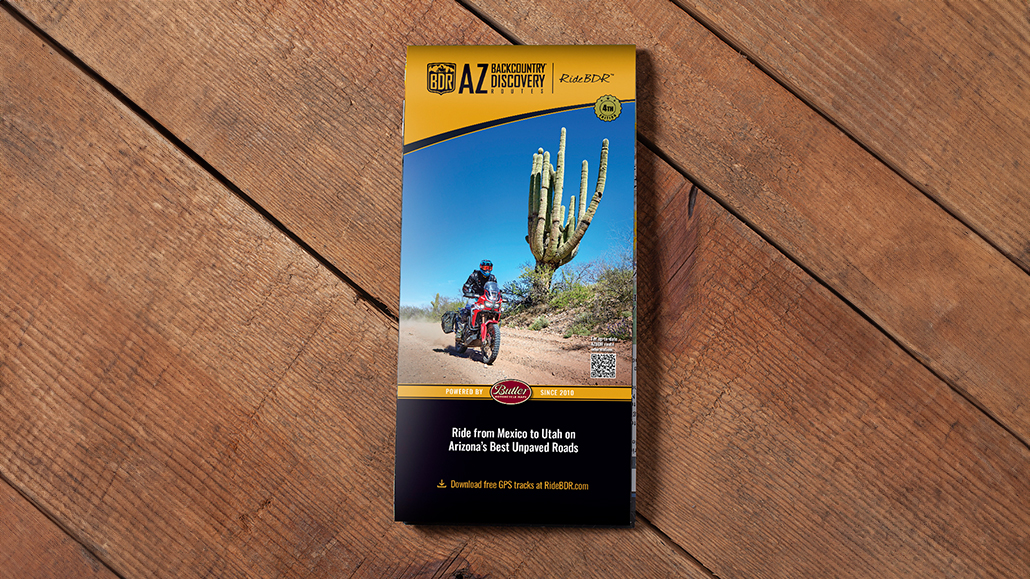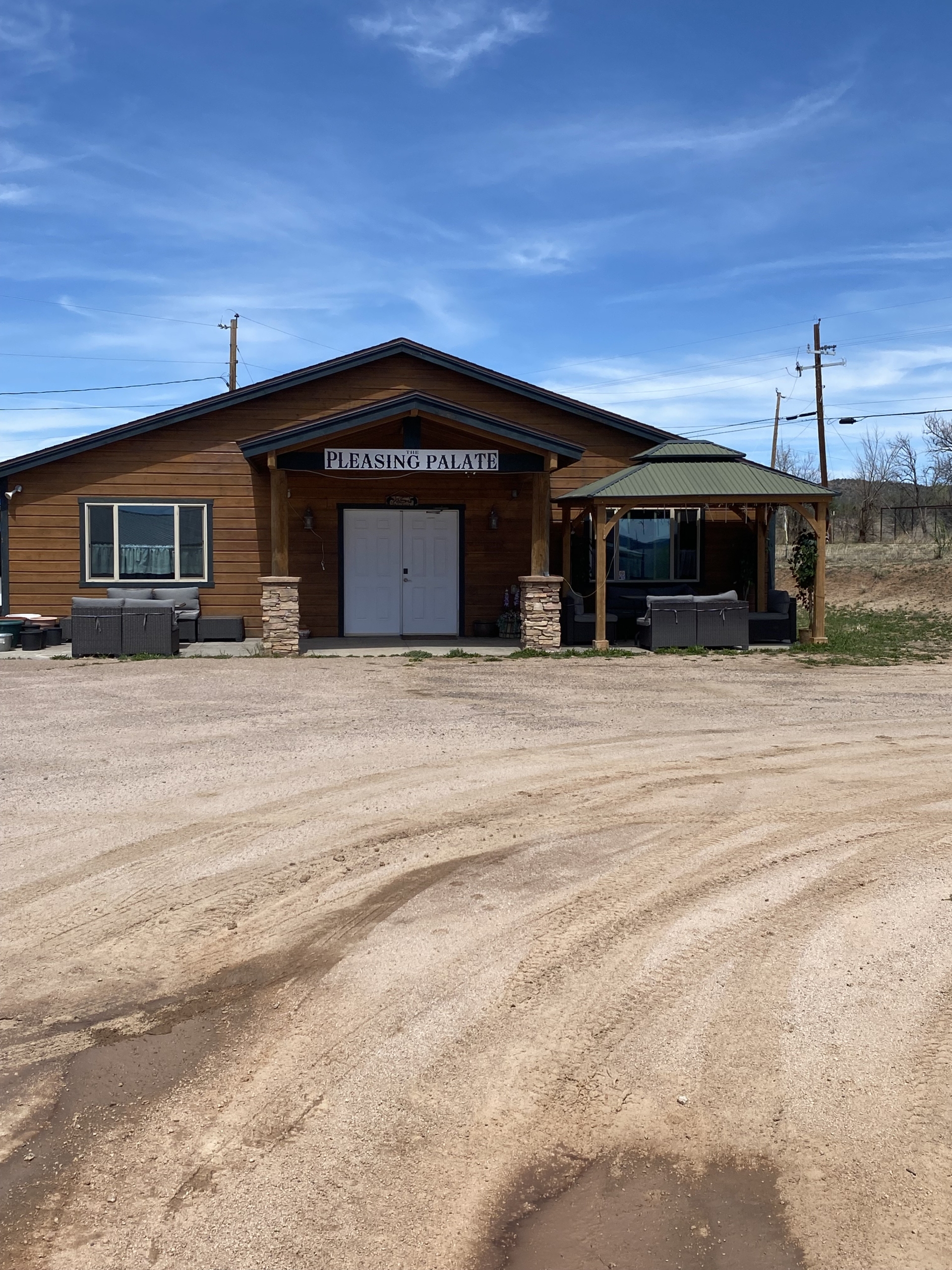Winona – Food & Gas
Winona is a small, populated place in Coconino County in the northern part of the U.S. state of Arizona. At one time it was also called Walnut, and Winona’s railroad station was renamed Darling in honor of an engineer.
Wupatki National Monument
Nestled between the Painted Desert and ponderosa highlands of northern Arizona, Wupatki is a landscape of legacies. Ancient pueblos dot red-rock outcroppings across miles of prairie. Where food and water seem impossible to find, people built pueblos, raised families, farmed, traded, and thrived. Today, if you linger and listen, earth and artifacts whisper their stories to us still.
Cinder Hills Overlook
Take a moment to pull off the main track and park at Cinder Hills Overlook, a viewpoint that looks south past Sunset Crater to many other cinder cones in this national park. Sunset Crater Volcano National Monument has a visitor enter a few miles to the west if you want information on the cinder cones, trails, and camping in the area.
Sunset Crater National Monument
Sunset Crater National Monument has a visitor center with loads of information on the many volcanic cinder cones in this national park. It’s open year-round and has restrooms, a bookstore, and seating areas in addition to the maps and exhibits. The road to the visitor center passes right by Sunset Crater and has views of the San Francisco Peaks to the west. Several short trails are next to the crater including Lava Flow Trail, Bonito Vista Trail, A’a Trail, and Lenox Crater Trail (a longer one). Bonito Campground (Forest Service) is across from the visitor center.
Strawberry Crater
Grand Canyon National Park Village
Found on the optional side loop through Grand Canyon National Park, Grand Canyon Village is a census-designated place located on the South Rim of the Grand Canyon, in Coconino County, Arizona, in the United States. Its population was 2,004 at the 2010 Census. Located in Grand Canyon National Park, it is wholly focused on accommodating tourists visiting the canyon.
Grandview Point View (Grand Canyon NP)
Found on the optional side loop through Grand Canyon National Park, this popular viewpoint offers panoramic views of Grand Canyon from east to west, including several bends of the Colorado River to the east.
Tusayan Ruins & Museum (Grand Canyon NP)
Found on the optional side loop through Grand Canyon National Park, the Tusayan Ruins (aka Tusayan Pueblo) is an 800-year-old Pueblo Indian site located within Grand Canyon National Park and is considered by the National Park Service (NPS) to be one of the major archeological sites in Arizona. The site consists of a small, u-shaped pueblo featuring a living area, storage rooms, and a kiva. Tree ring studies indicate that the site was occupied for about twenty years, beginning around 1185. It is found on the Desert View Drive portion of Arizona State Route 64, 3 miles west of the Desert View Watchtower. The site was listed on the National Register of Historic Places in 1974.
Desert View Watchtower (Grand Canyon NP)
Found on the optional side loop through Grand Canyon National Park, Desert View Watchtower, also known as the Indian Watchtower at Desert View, is a 70-foot-high stone building located on the South Rim of the Grand Canyon within Grand Canyon National Park in Arizona, United States.








